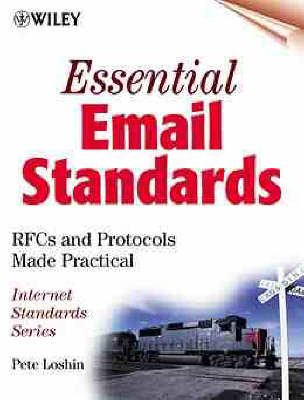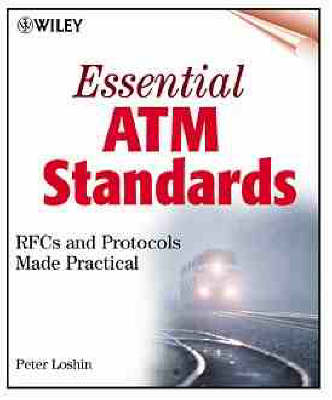Internet Standards S.
3 total works
As the Internet continues to grow at a frightening rate, the myriad of standards and technical rules for Internet use are being compiled as part of a huge list called RFC (Requests for Comments). Unfortunately, this is of little use to network professionals as it remains simply a massive list, with no analysis or guidance to make the standards relevant. This book, the first in the "Internet Standards Series", offers a standards tutorial, explaining what the RFCs are, the RFC editing process, different types of RFC, how standards are developed and selected, and where to find text of RFCs and Internet standards. It features a fully searchable and hyperlinked CD-ROM with book buyer-only access to relevant standards updates.
Being connected to the Internet means that technical professionals designing and running the network must keep tabs on the technical rules (standards) and updates. However, the only source for standards is a huge flat, online list of what's called RFCs (Requests for Comments) of every technical rule and improvement ever proposed. This list includes thousands of documents, many of which are in process, irrelevant, out-of-date, or obsolete. Most frustrating for network professionals is that there is no analysis, no guidance, no way to keep current for what the standards mean to what they're doing, just a list. This is one volume from the Internet Standards Series, providing analysis and guidance. Based on the author's exhaustive analysis of all the RFCs, each book in the Series provides a step-by-step action plan for integrating the right standard to the right application. This text looks at Ethernets, discussing what it is, how it works, how it differs from other popular network media and how they work within accepted Internet Protocols.
Being connected to the Internet means that technical professionals designing and running the network must keep tabs on the technical rules (standards) and updates. However, the only source for standards is a huge flat, online list of what's called RFCs (Requests for Comments) of every technical rule and improvement ever proposed. This list includes thousands of documents, many of which are in process, irrelevant, out-of-date, or obsolete. Most frustrating for network professionals is that there is no analysis, no guidance, no way to keep current for what the standards mean to what they're doing, just a list. This is one volume from the Internet Standards Series, providing analysis and guidance. Based on the author's exhaustive analysis of all the RFCs, each book in the Series provides a step-by-step action plan for integrating the right standard to the right application. This text looks at ATMs, discussing what it is, how it works, how it differs from other popular network media and how they work within accepted Internet Protocols.


